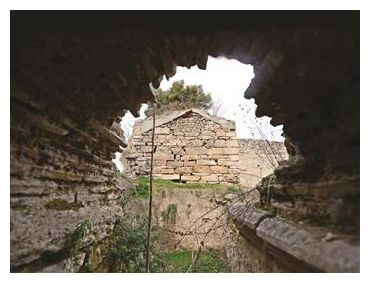
© AA photos
Archaeological excavations that have been carried out in the northwestern province of Bursa have discovered 2,300-year-old dungeons used for execution and torturing during the Bithynia Kingdom era.
Archaeologists discovered that the dungeons, which contain a "bloody well," "torture chamber" and "corridors connected to tower," used horrific execution methods.
Uludağ University Faculty of Science and Literature History of Art Department member İbrahim Yılmaz, who was on the excavation team, said within the scope of the project to reveal Bursa city walls, implemented by the Bursa Municipality, the restoration of centuries-old walls were continuing.
Yılmaz said a large part of the 3,400-meter-long walls had been revealed and the locations of "Taht-ı Kale," "Yer Kapı," "Saltanat Kapısı," "Kaplıca Kapı" and "Zindan Kapı," which are around the city walls and provide entrance to the walls, had also been determined.
Restoration in the Zindan Kapı in Alacahırka neighborhood, which is located in the last part of the walls, discovered dungeons, Yılmaz said. "Over these dungeons were houses were people were living. Considering that there were dungeons or dungeon remains might be there, we expropriated these buildings. After the houses were demolished, scientific excavations revealed remains of Bursa dungeons," he said.
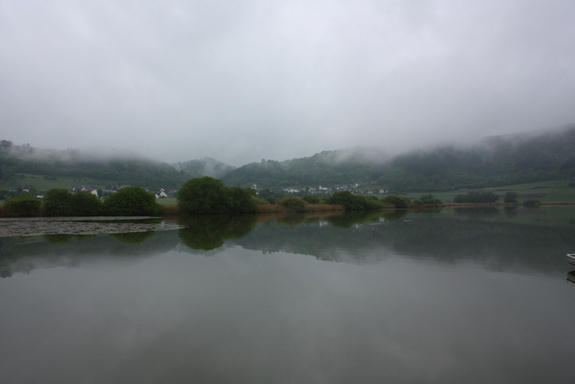
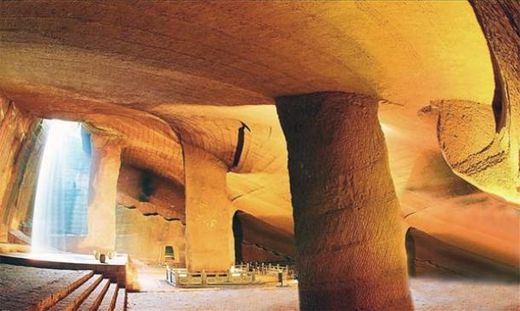
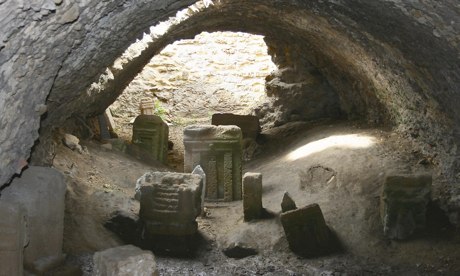
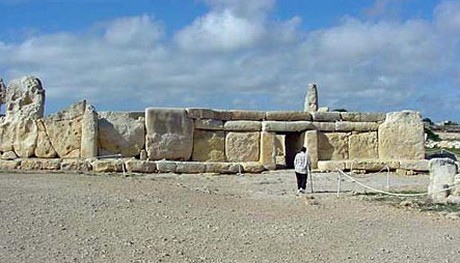
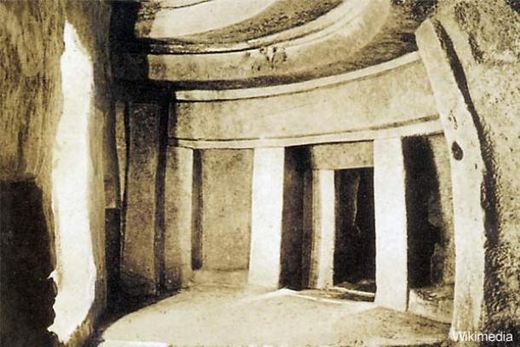
Comment: Does any of that sound familiar?
It's precisely what they're doing to Syria (via Qatar, Jordan, Lebanon and Turkey) today, but do we really have to wait 20 years for most on the Left to figure this out?